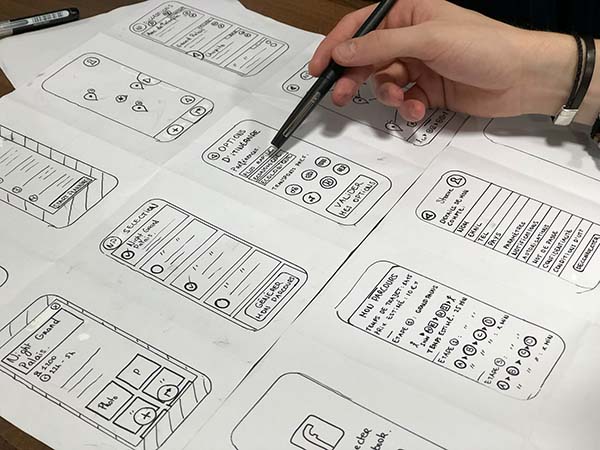Wizards versus forms and UX design | UX Design Company
Latest update on Wizard Vs Form: Click here 2022.
Applications often need to gather information from users, whether it be personal or pertaining to their work activities. In UX design, reducing the impact of this process is essential to an efficient workflow and a positive user experience. To this end, the pros and cons in using a scrolling form versus a wizard approach often hinge on the type of experience you want to create for users.
Wizards tend to be the better option when users are new to the application or when a specific sequence of steps is mandatory. For new users, initial tasks such as setup or registration may be better served through use of a wizard. Since wizards break complex processes into multiple steps, less information is shown to the user which lessens the chance of having the user feel overwhelmed by the process. Further, wizards minimize the decision making required to complete tasks, which helps to minimize mistakes.
As many benefits as wizards have, it is not automatically the better than using a scrolling form in UX design. Contrary to conventional wisdom, scrolling is not the devil that must be avoided at all costs. In fact, there are a number of ways in which a form may provide a better user experience than using a wizard. For data collection tasks that are often repeated, a form allows users to quickly access the areas they need without going through each and every step of a wizard, which can be a frustrating user experience. Anyone who has pressed through the multi-layered menus of an automatic phone system just to select the options they want will understand the irritation.
Additionally, once users become familiar with an application they will want more control over how they use it. Wizards limit the users’ control and creativity due to its rigidness. Power users will gladly scroll a few times if it means they are given more say so in shaping their user experience. In fact, many may prefer scrolling to the higher interaction costs–more clicks–of a wizard. These additional clicks needed to view the same options as on a form can sometimes be seen as a less efficient method.
While wizards may appear easier on the surface, forms can offer a host of positives as well. Understanding the end-user and their tasks (Task Analysis) can provide the insight to help make the best decision between the two.

